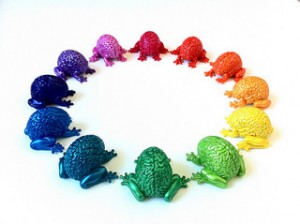What’s new here?
Dear Bloggiverse,
Sorry I’ve been such a poor correspondent – I keep meaning to put fingers to keyboard but never quite get there.
What have I been doing of interest to the teacher-librarian community? Well, let me tell you…
Earlier this year we set up a Skype session to talk with a Kinder class in Wisconsin, with whom I had collaborated last year. This required a bit of time-zone juggling – we came in early and they stayed late! The Kinder children read stories to us that they had written in response to the book Throw Your Tooth on the Roof by S Beeler and G Karas. We read them an Australian classic, Possum Magic by Mem Fox.
In a separate Read Around the Planet activity, a Year 4 class connected with some Y4 students in an after-school program at a primary school in California. We ran a Reader’s Theatre activity, where the Californian students recited One Fish, Two Fish by Dr Seuss, and we replied with Oh the Places You’ll Go. This was a lot of fun, and our boys really enjoyed the activity. I have kept the contact details for their coordinator and we hope to do something collaborative again! Sadly a second session with a different school fell through, so I still owe my other Year 4 class a chance to do Skype Reader’s Theatre. I will have to find someone else to work with later this year.
I highly recommend participating in these kinds of projects – it is a great place to start collaborating with schools in faraway places, and around a theme of great relevance to our work with children and books. Later this year the Global Read Aloud project will be happening again, so I am going to add that to my plans for connecting my classes to a wider world through shared experience of a great story.



